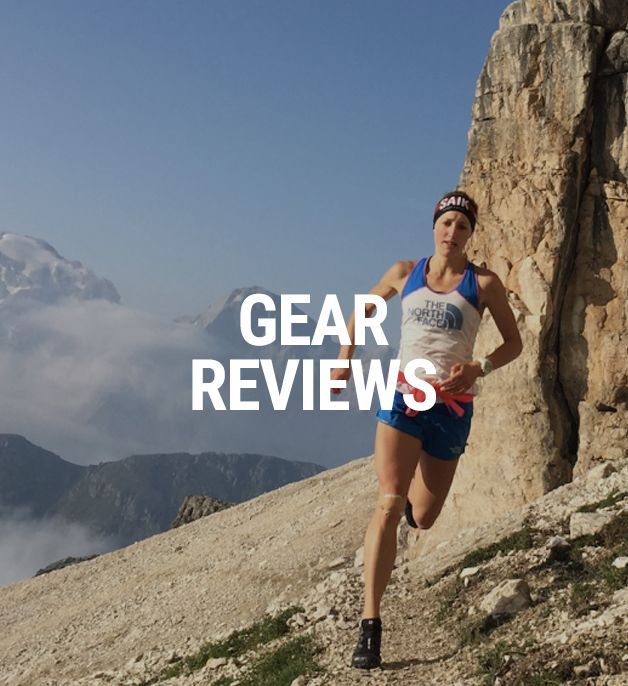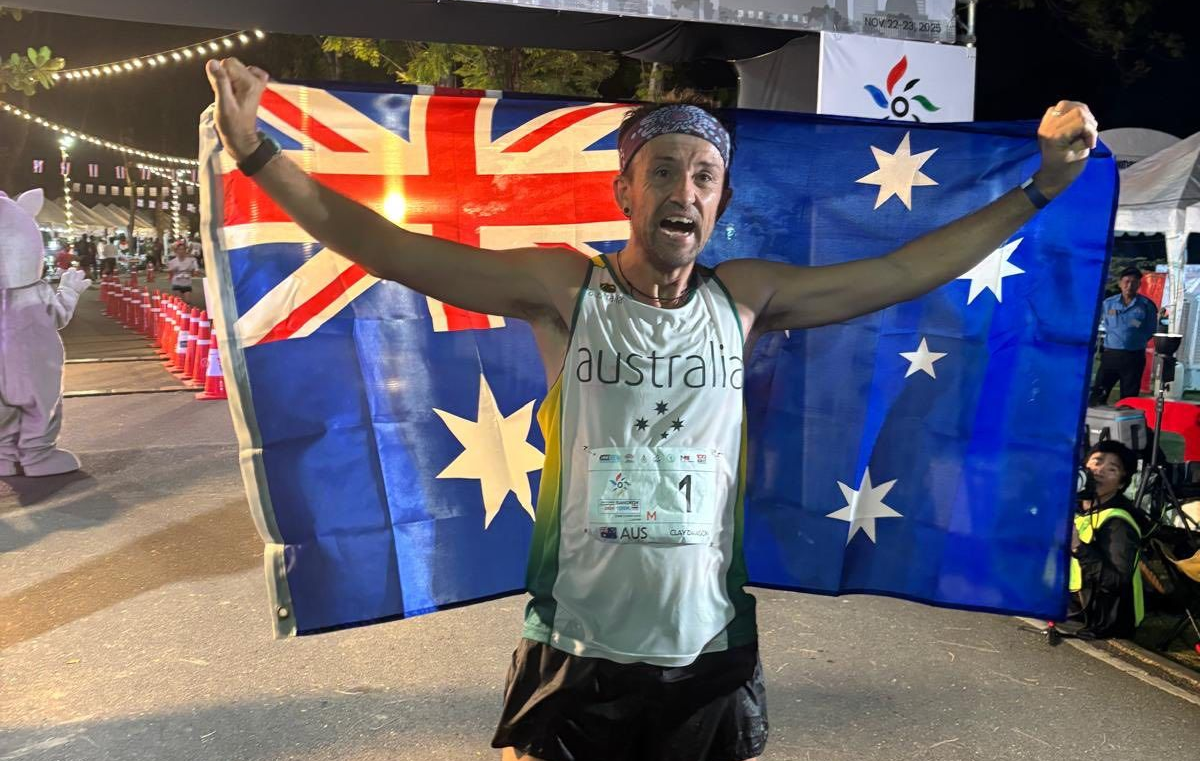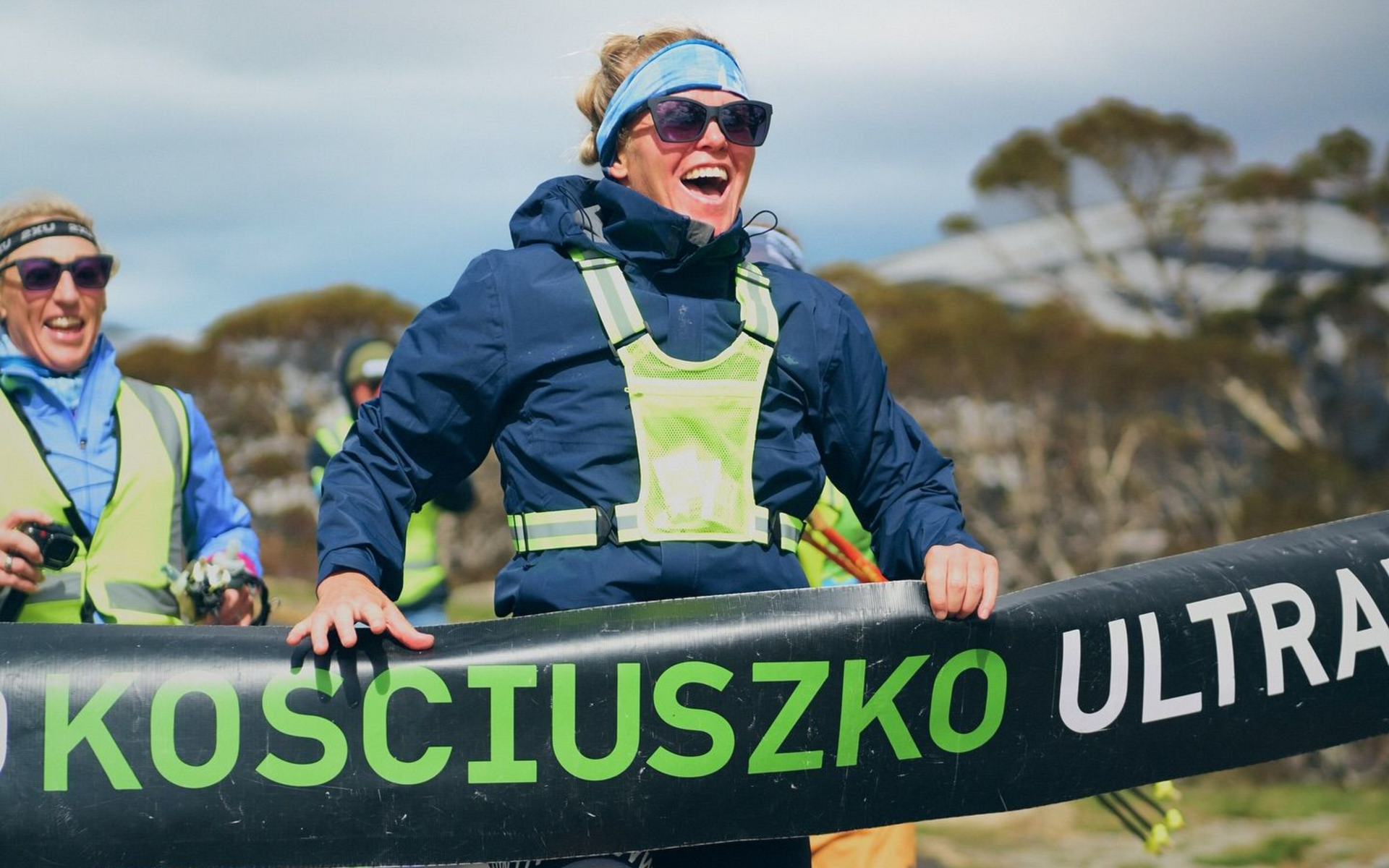
COACH’S CORNER - Demystifying Training Zones
ANDY dubois, head coach at mile 27 endurance training, gives all the info you need when it comes to training zones

Training zones are one of the most poorly understood topics in running. Whilst many will have an idea what a zone 2 run means, few would be able to accurately define it.
The confusion compounds when your watch tells you one thing but an article you read online tells you something different. Are there 3 zones or 5 zones and are they based on heart rate or pace or power? Do you calculate zones using threshold or max heart rate or VO2max ?
One of the biggest contributors to this confusion is that training zones can be defined in many different ways. We are led to believe that zone 2 is zone 2 and that it’s the same whether you use pace, heart rate or power and it makes no difference which watch you use. But reality is a lot different. Human physiology is more complex than we would like and our desire to place training in neat well-defined boxes is at odds with what’s really going on.
The 3 Zone Model
The 3-zone model is the most common model among coaches and academics. In simple terms Zone 1 is easy running, Zone 2 is harder but still comfortable running and Zone 3 is hard. Intuitively most of us can easily determine where our training sits in this model.
This model has been used extensively in research as it has some physiological underpinning which makes definitions easier. It is where the 80/20 theory of training stems from. Elite endurance athletes spend 80% of their training in zone 1 and 20% in a mix of zone 2 or 3 (it’s actually even more in Zone 1 if you define it by time or distance rather than sessions ).
However, there are a number of ways to determine the boundaries of each zone and this is where things start to get a little hazy.
The zones can be defined in terms of blood lactate levels.
Base line is zone 1, once lactate levels rise above base line we are in zone 2 and when it rapidly accumulates we go into zone 3. The border between zone 2 and zone 3 is commonly known as your threshold. Now whilst this sounds like a sensible way to define zones there are some problems. Lactate testing results depend on the testing protocol, different testing protocols can lead to different results plus the line between the zones is not as clearly defined as we are led to believe, they are more transitions rather than abrupt changes.
The 3-zone model can also be defined in terms of your ventilatory thresholds, VT1 is when you feel your breathing rate increase but can still speak short sentences and VT2 is where exercise intensity is so hard it makes saying any more than a few words impossible. This can be measured in a lab measuring O2 and CO2 intake and exhalation. The results are similar to using blood lactate levels but not the same.
Alternative Ways of Determining Zones
Your VO2 max is another physiological metric that zones are often prescribed from but needs an accurate VO2 test which involves a trip to the lab and a run till exhaustion whilst being hooked up to machines. Not something many of us have access to (and not that beneficial anyway!)
Many watches claim they can calculate your training zones for you. This is usually based on either a max heart rate or a threshold heart rate. Using a % of max or a % of threshold to define zones gives similar results to lab testing IF the watch has good data to base it on. Giving your watch the data it needs for accurate zone determination is key. If you haven’t done a max heart rate run or a threshold test then your watch’s estimates of zones will likely be way off. Your threshold heart rate can’t be accurately defined by your watch unless you have run a 5 or 10km race or time trial. On top of that we have the issue of inaccurate heart rate readings, especially with wrist-based heart rate sensors.
Training software can also work out training zones but again it relies on accurate data to feed their particular model.
For example, if you use power then you need a maximum effort over 2-3 minutes, 10-12 minutes and ideally 30-40 minutes to get accurate training zone prescriptions. Without the optimal data, the models are not valid.
The Problem with Training Zones
So now we know there are many different ways to determine your 3-zone training intensities. Given accurate data and testing the different models yield similar but not the same results. But that’s not the major problem with training zones.
Zones can be used in 2 ways. Scientists use a 3-zone model to make it easy to classify training to allow research into how athletes train. Athletes can use training zones to guide the intensity of their training and this is where zones fall down.
Let’s say you ran a recent 10km in 45 minutes. Using pace as the metric to base our training zones off, a 3-zone model would like something like this:
Zone 1 - <5:30 min kms
Zone 2 - between 5:30 min kms and 4:30 min kms
Zone 3 - quicker than 4:30 min kms
(a 10km race is a good approximation for threshold in 35-50 minute 10km runners)
For this athlete zone 2 would include marathon pace, half marathon pace and down to 10km pace (technically on the border of Zone 2 and 3 )
So if a training program says do 2x20 minutes in Zone 2 then what pace should you run it at 5:30 or 4:30? It’s all zone 2 but we all know that 2x20 minutes at 5:30 pace would feel a lot easier than 2x20 at 4:30.
The 3-zone training model is way too broad to guide us on what intensity our runs should be at. Any runner knows changing speed by 20-30 seconds per km feels very different. Our training prescription on intensity should at least be down to a range of 10-15 seconds per km hence using a 3-zone model to prescribe intensity is useless.
5 or 7 Zone Models
Many coaches, watches and training software will give you 4,5,6 or even 7 zone models. This has far less scientific backing than the 3-zone model as the boundaries of each zone are far more arbitrary.
So whilst you may think that having more zones reduces the range of intensity in each zone and therefore is more applicable to training, the reality is it just introduces more sources of error.
Alternative to Zones
To determine the intensity for a training session we have two options - go by feel or use an objective metric.
Going by feel is what runners have done for many years and is a bit of a lost art now that technology provides us with so much data. I am a fan of running by feel but using technology to help develop a better sense of perceived effort. We all know in races that the pace that felt very easy at the start can turn out to be too fast. Our perceived effort at the start needs some calibration which is where an objective measure can help.
What metrics should we use? The benefits of heart rate vs pace vs power is beyond the scope of this article (I would argue power ) but whichever you prefer to use research suggests that pinning your training intensity to your threshold power, pace or heart rate matches your physiological states better than pinning it on max heart rate or VO2 max.
So what that means is you need to do some form of threshold testing and from that determine your training intensity for a particular session. For example:
· Typically easy runs are 75-80% of threshold
· Fast finish long runs may start at 75-80% but increase to 85-90%
· Marathons are 88-92% of threshold
· Tempo and threshold sessions 92-100% of threshold
· Speed 100-120% depending on the duration of work required eg 5km is around 105% of Threshold
· Vo2 max sessions 110-120%.
Key Take Homes
Zones can be defined in many different albeit similar ways.
Zones are too broad to be used to define training intensity.
They get us in the ballpark but further refinement is needed to give sufficient accuracy to prescribe intensity.
Training models with greater than 3 zones have little scientific underpinning and are likely the creation of the coach.
Training zones determined by watches or software are not likely to be accurate unless you understand how the training zones are calculated and have fed the model the optimal data for an accurate calculation.
Understand that threshold is less a distinct point and more of a transition. The implication of this is that each workout has a target range rather than an exact target and some days hitting the bottom of that range is all you need to do.
Decide what you want to achieve in a particular workout and then determine your target intensity based on a % of an accurate threshold calculation.
If you don’t know what intensity your training sessions should be at or what they are trying to achieve then get the advice of a coach. Don’t rely on the internet saying a certain run should be in a certain zone!
Andy DuBois is head coach at Mile 27 Endurance Training in NSW and is an AURA Endorsed Coach. if you would like more information on being trained by andy to get to your next ultra goal, click through here to our aura endorsed coaches page.









